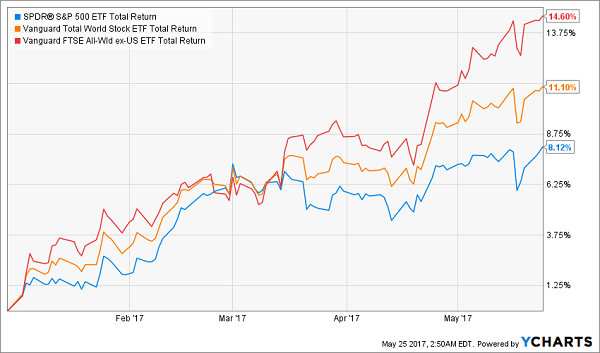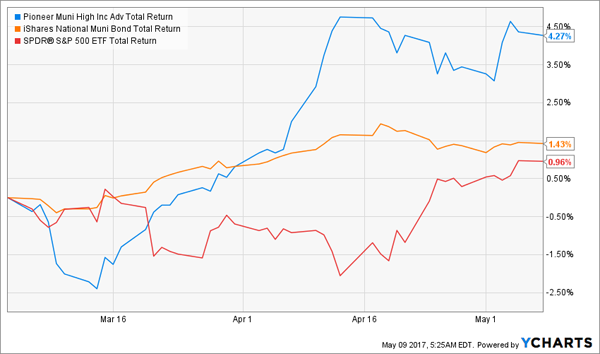Today I’m going to show you why some funds are killing the S&P 500—and how you can dramatically boost your odds of doing exactly the same thing.
One way not to do it is by investing in a dying asset class: traditional mutual funds. Since most mutual funds have underperformed the market, the number of funds out there has flat-lined, while the number of exchange-traded funds (ETFs), mutual funds’ low-cost cousins, keeps exploding. There are now about 2,000 ETFs on US exchanges, and they account for about a third of all US trading.
But as I wrote on February 21 (and have said many times since), I don’t recommend you join the ever-growing crowd of ETF fans, either.…
Read more



Recent Comments